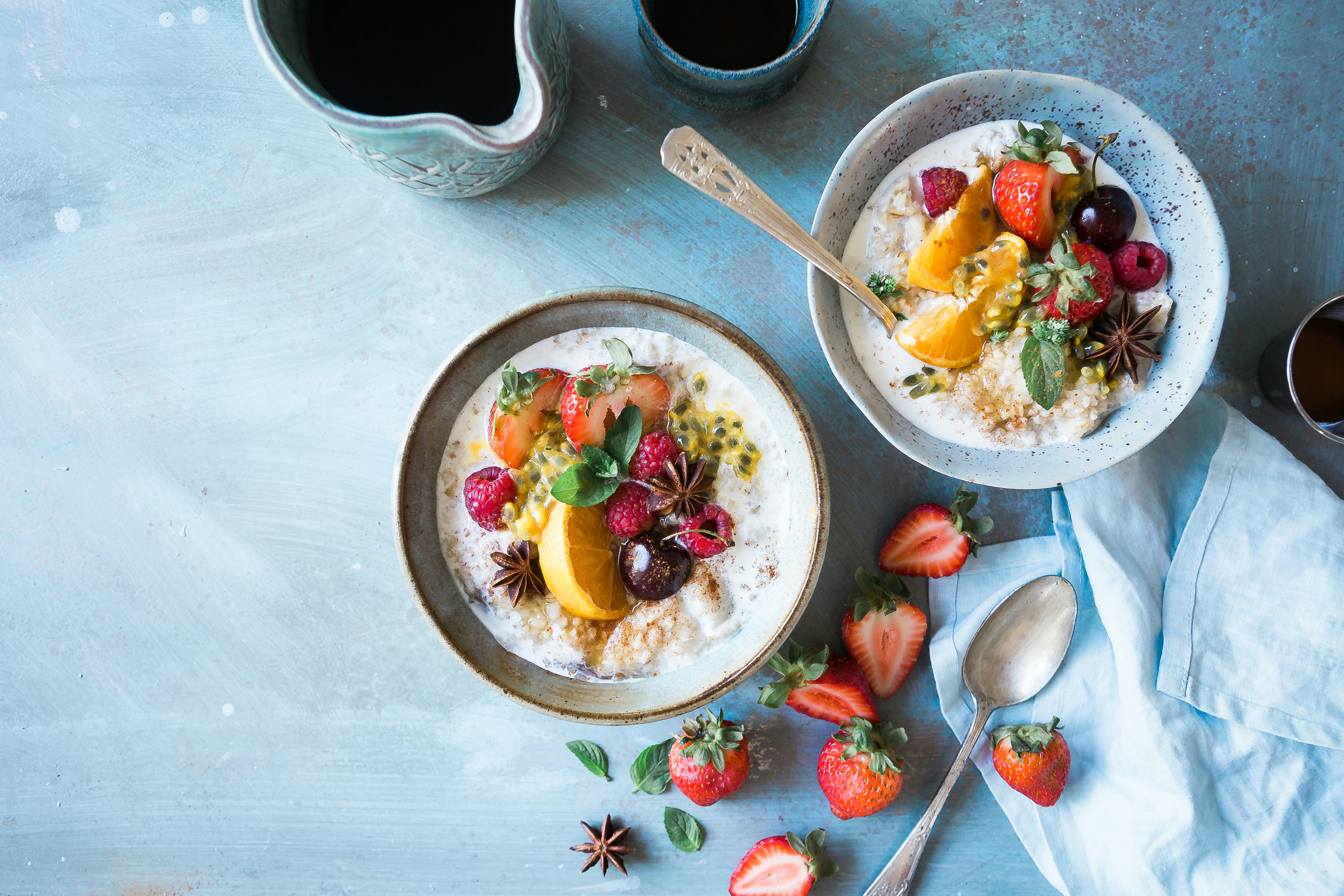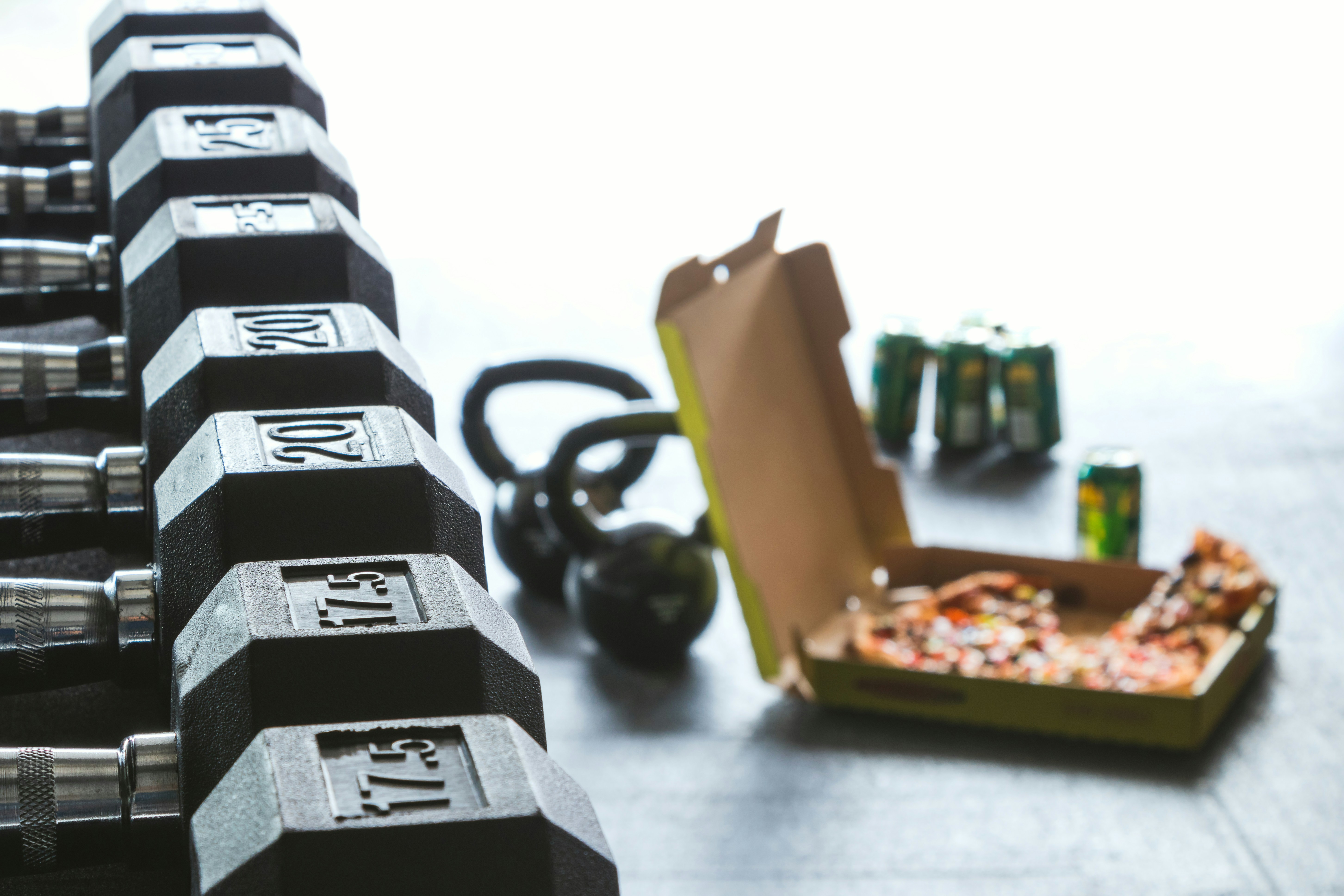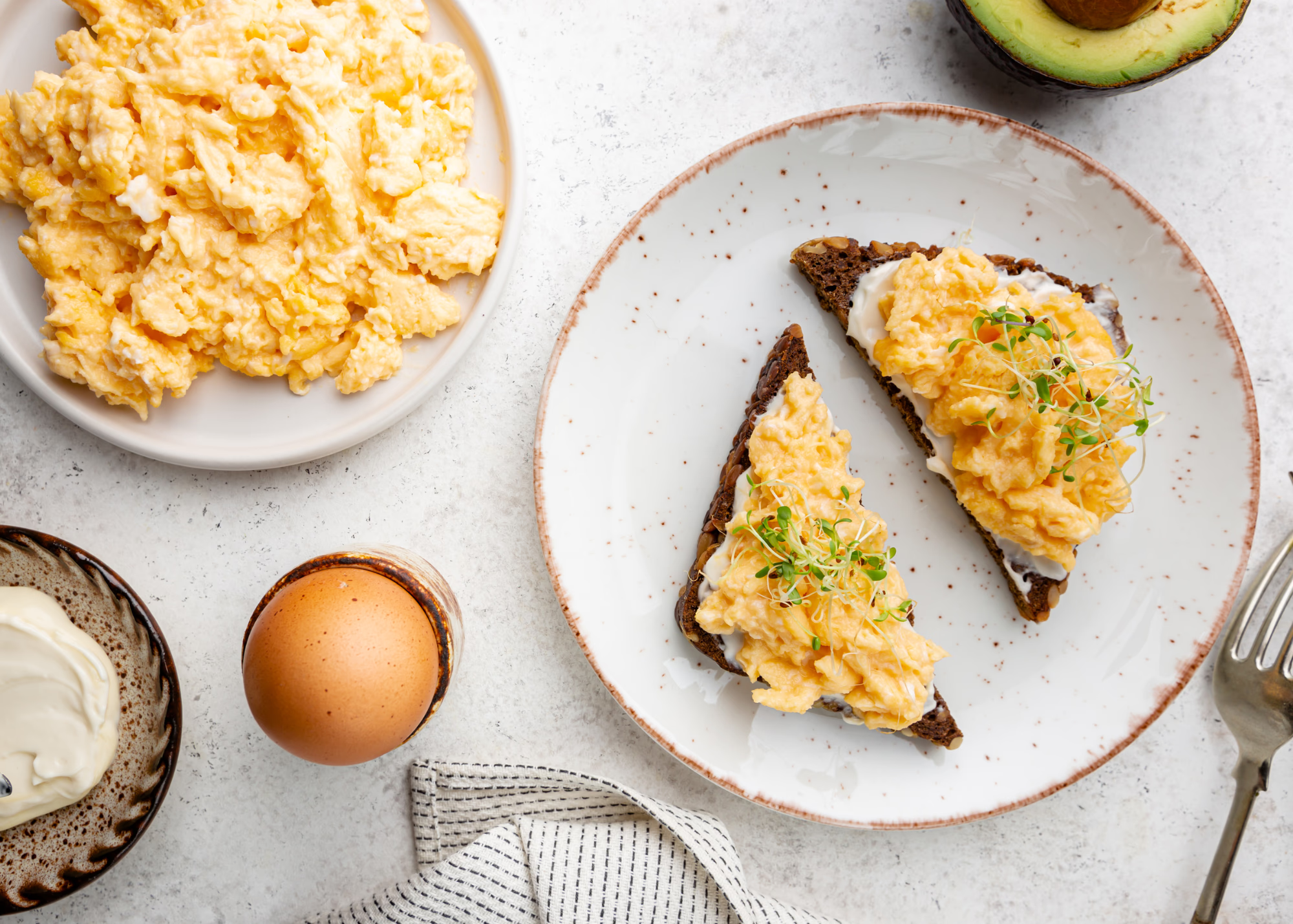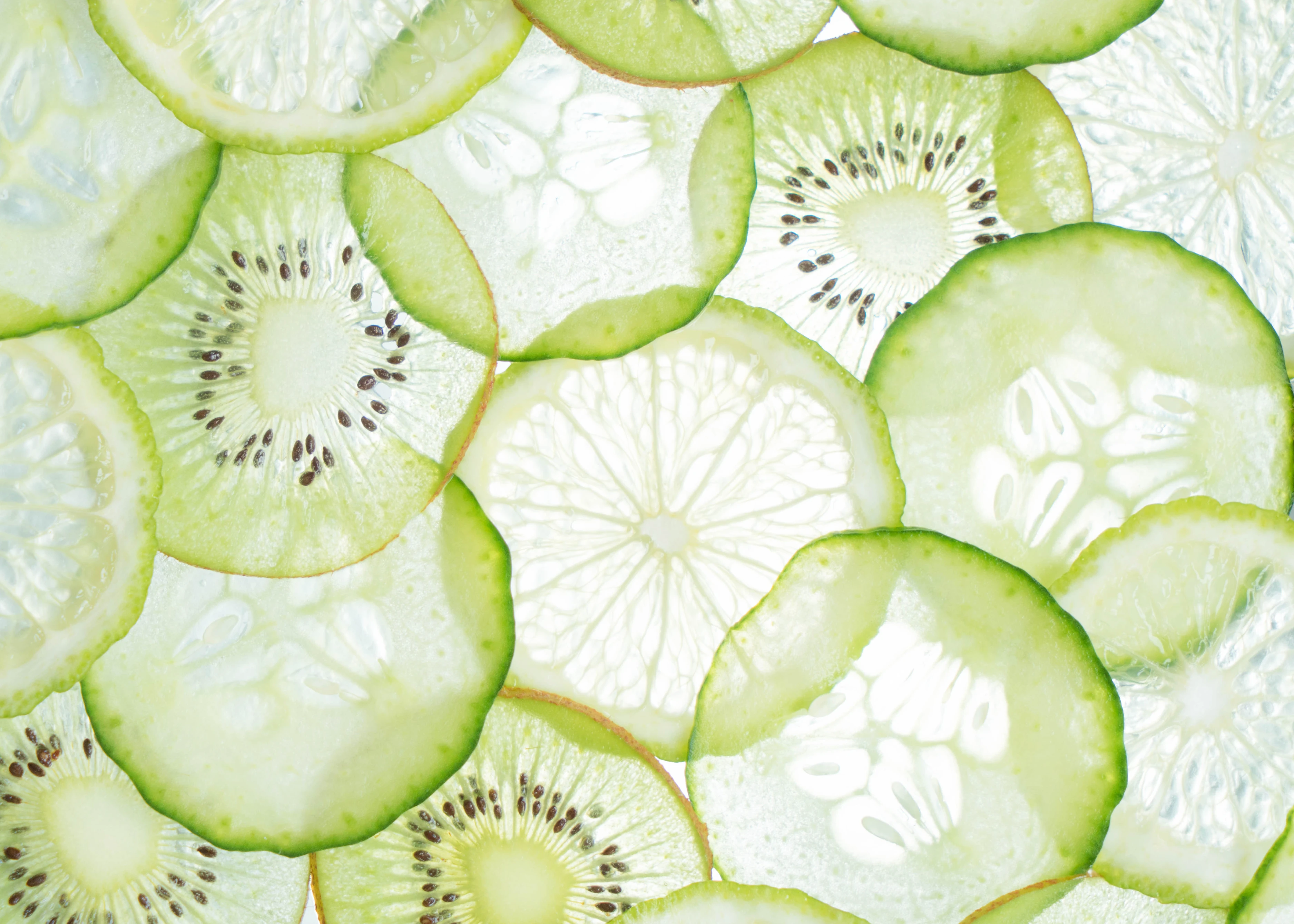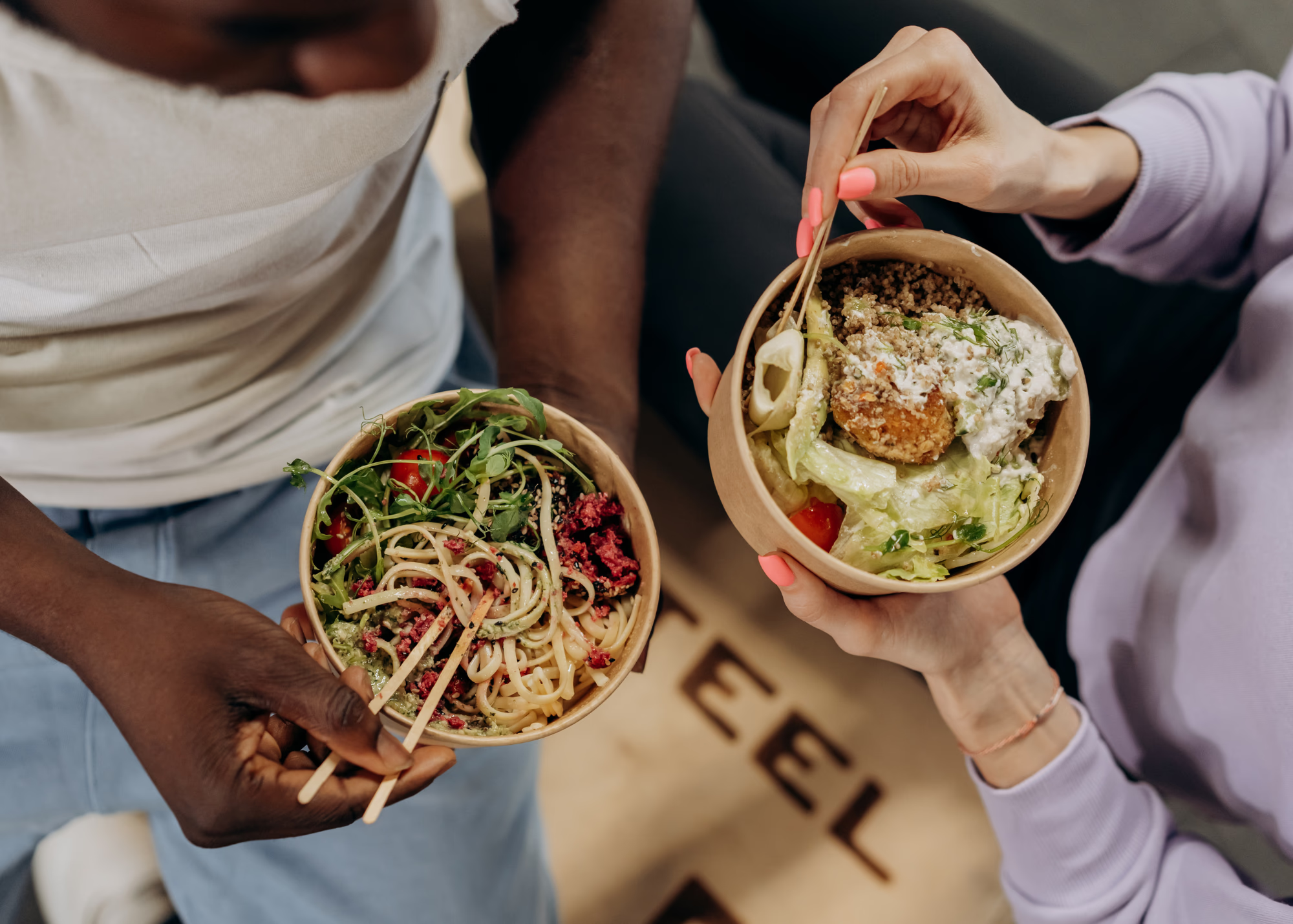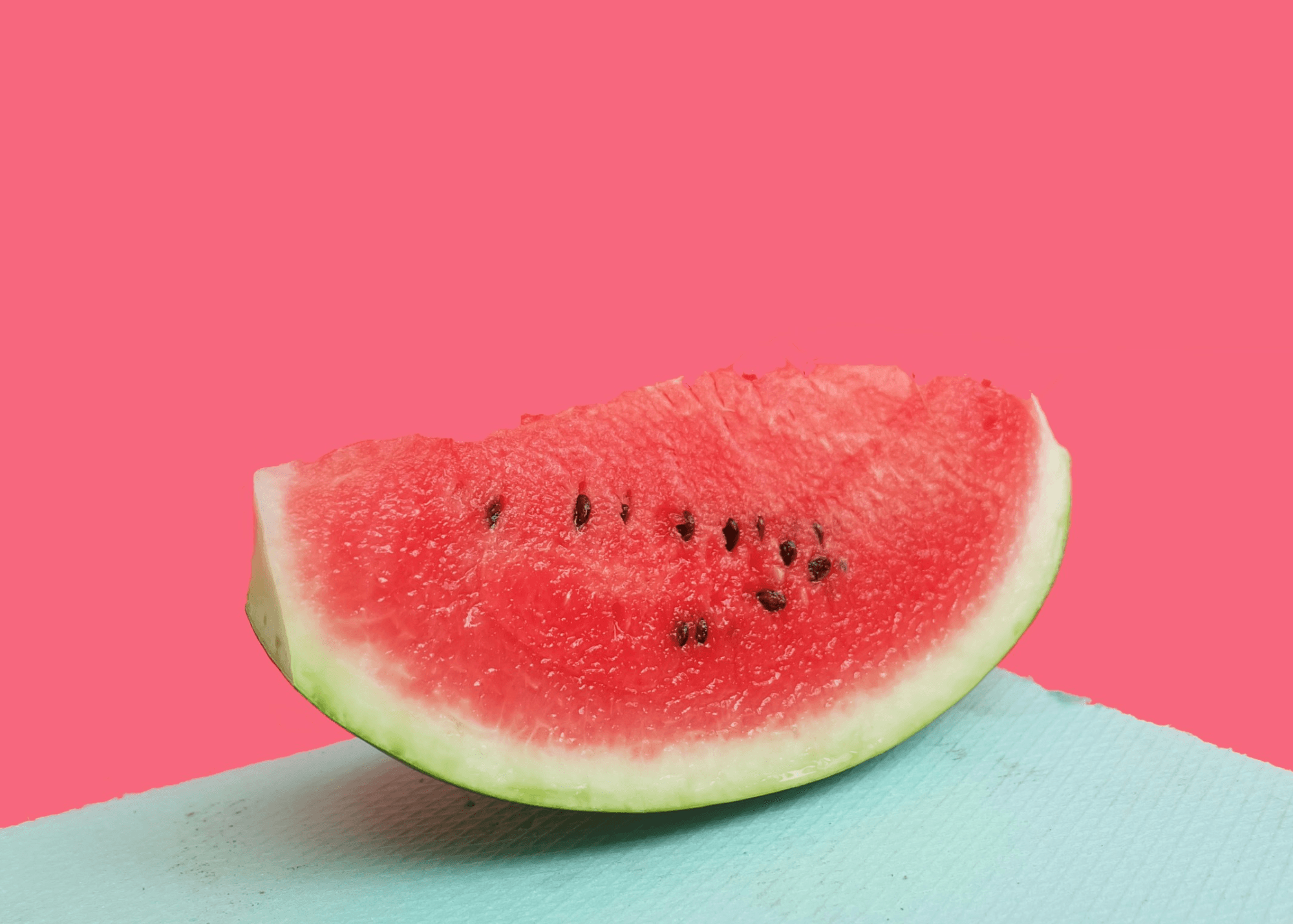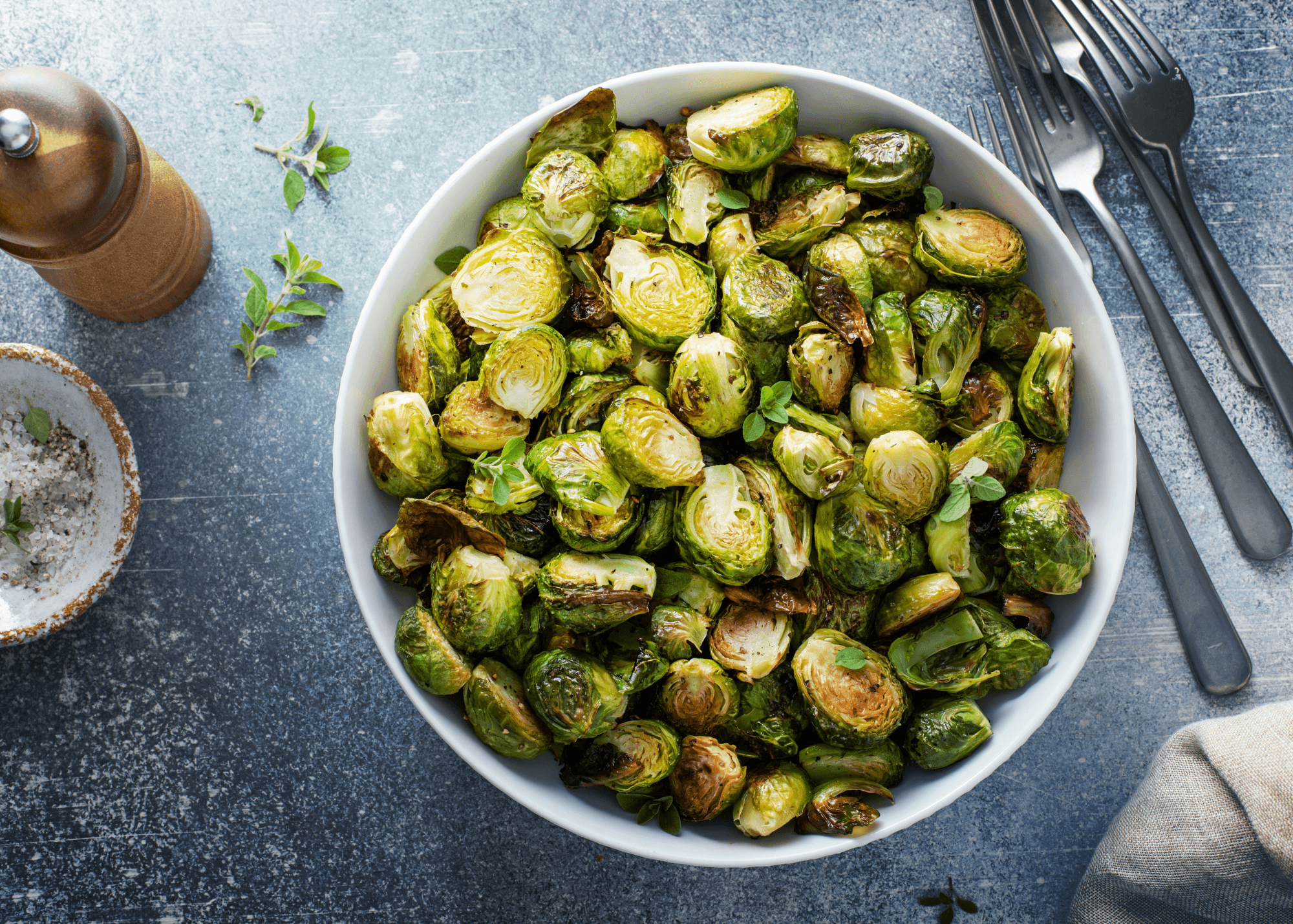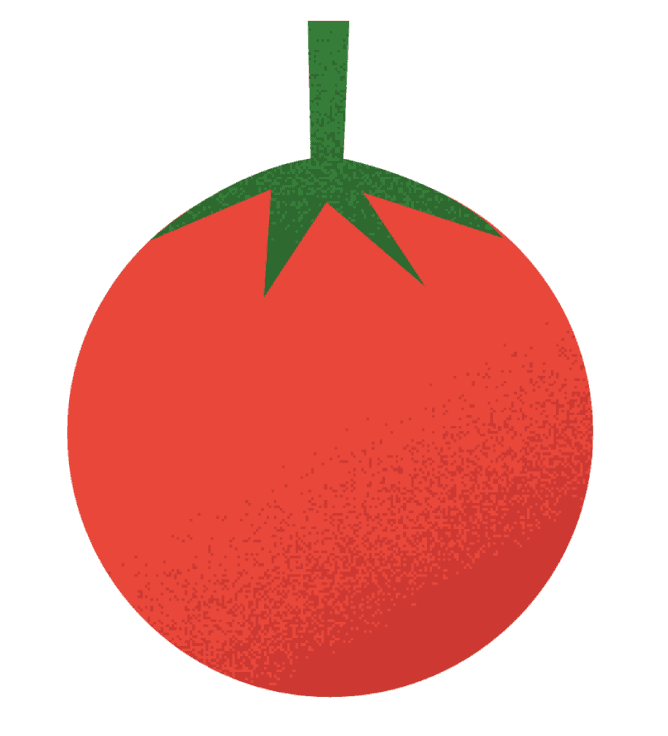A high-fiber diet plan is one of the simplest and most effective ways to support digestion, regulate blood sugar, and keep you feeling full longer. Most people don’t get enough fiber, but adding more to your diet doesn’t have to be complicated or boring.
With the right balance of whole grains, fruits, vegetables, legumes, nuts, and seeds, fiber-rich meals can be both satisfying and delicious. We’ve put together a practical, easy-to-follow 5-day meal plan packed with fiber to help you stay energized and support overall health.
Each day includes a variety of high-fiber foods, simple meal prep tips, and flavorful combinations designed by Registered Dietitians to make healthy eating effortless.
5-Day High Fiber Meal Plan
Each day includes a balance of fiber-packed whole grains, fruits, vegetables, legumes, nuts, and seeds to help support digestive health, regulate blood sugar, and keep you full longer. Below, we break down how to prepare each meal and the benefits it offers.
For a more personalized 5-day meal plan tailored to your needs, connect with a Registered Health Dietitian through Berry Street so we can get you started today.
Day 1
Breakfast: Oatmeal With Chia Seeds, Flaxseeds, And Raspberries
Start your day with a fiber-rich bowl of oatmeal. Cook ½ cup of rolled oats in 1 cup of water or almond milk over medium heat until creamy. Stir in 1 tablespoon of chia seeds and 1 tablespoon of ground flaxseeds for an omega-3 and fiber boost.

Top with ½ cup of fresh raspberries, which add natural sweetness and an extra dose of fiber. Oats provide beta-glucan, a type of soluble fiber that supports heart health and digestion, while chia and flaxseeds promote satiety and gut health.
Snack: Hummus With Whole-Grain Crackers And Cucumber Slices
A simple yet filling snack, this combination offers a great mix of fiber, protein, and healthy fats. Enjoy ¼ cup of hummus with a handful of whole-grain crackers and fresh cucumber slices.
After testing this meal ourselves, we’ve found that the chickpeas in hummus provide plant-based protein and fiber, while whole-grain crackers add complex carbohydrates for sustained energy. Cucumbers add hydration and crunch, too.
Lunch: Quinoa And Black Bean Salad
Cook ½ cup of quinoa and let it cool before mixing it with ½ cup of black beans, ¼ cup of diced bell peppers, ¼ cup of cherry tomatoes, and a handful of chopped parsley. Make a simple dressing by whisking together 1 tablespoon of tahini, 1 tablespoon of lemon juice, and 1 teaspoon of olive oil.
Toss everything together and serve. Quinoa is a complete protein and high-fiber grain, while black beans provide additional fiber and plant-based protein. The colorful vegetables contribute essential vitamins and minerals.
Dinner: Lentil Soup With Roasted Brussels Sprouts And Brown Rice
Prepare a hearty lentil soup by simmering 1 cup of lentils with diced onions, carrots, and celery in 4 cups of vegetable broth. Add garlic, cumin, and a pinch of salt for flavor.
Roast Brussels sprouts by tossing them in olive oil, salt, and pepper, then baking at 400°F (200°C) for 25 minutes. Serve the soup alongside ½ cup of cooked brown rice for a complete meal. Lentils are rich in fiber and protein, while Brussels sprouts contribute antioxidants and digestive support.

Day 2
Breakfast: Whole Wheat Toast With Avocado And Hemp Seeds
Toast two slices of whole wheat bread and spread half an avocado on top. Sprinkle on 1 tablespoon of hemp seeds for an extra fiber and protein boost. Serve with a side of mixed berries.
Avocados are loaded with heart-healthy monounsaturated fats and fiber, while hemp seeds add protein and omega-3s. The whole grain toast ensures you get sustained energy throughout the morning.
Snack: Roasted Chickpeas And Almonds
For a crunchy, high-fiber snack, roast ½ cup of chickpeas with a drizzle of olive oil and your favorite spices at 400°F (200°C) for 20 minutes.
Enjoy with a handful of almonds for a satisfying combination of fiber, protein, and healthy fats. Chickpeas and almonds are both excellent sources of protein and help curb hunger between meals.
Lunch: Spinach And Kale Salad With Grilled Chicken
Toss together 2 cups of spinach and kale, ½ cup of cherry tomatoes, ¼ cup of shredded carrots, and 2 tablespoons of walnuts. Top with grilled chicken breast and drizzle with balsamic vinaigrette.
Leafy greens provide fiber, antioxidants, and essential vitamins, while walnuts contribute heart-healthy fats. The protein from chicken helps keep you full.
Dinner: Stuffed Bell Peppers With Quinoa And Black Beans
Halve two large bell peppers and remove the seeds. Stuff them with a mixture of ½ cup cooked quinoa, ½ cup black beans, diced tomatoes, and seasoning. Bake at 375°F (190°C) for 25 minutes.
In our experience, bell peppers are high in fiber and vitamin C, while quinoa and beans provide plant-based protein and complex carbohydrates.

Day 3
Breakfast: Chia Pudding With Coconut And Blueberries
Mix 3 tablespoons of chia seeds with 1 cup of almond milk and let sit overnight. In the morning, stir and top with shredded coconut and fresh blueberries. Chia pudding is an easy, fiber-rich breakfast that also provides omega-3s and plant-based protein. Blueberries add natural sweetness and antioxidants.
Snack: Apple Slices With Peanut Butter
Slice a fresh apple and serve with 2 tablespoons of natural peanut butter. The combination of fiber and healthy fats makes this a balanced and energizing snack. Apples provide prebiotic fiber that supports gut health, while peanut butter adds protein.
Lunch: Whole Wheat Wrap With Hummus And Grilled Tofu
Spread 2 tablespoons of hummus on a whole wheat tortilla, then add shredded carrots, sliced cucumbers, and grilled tofu. Roll tightly and serve. The whole wheat wrap provides fiber, while hummus and tofu contribute protein and plant-based nutrients.
Dinner: Baked Salmon With Steamed Broccoli And Sweet Potatoes
Season salmon with olive oil, garlic, and lemon juice, then bake at 375°F (190°C) for 20 minutes. Serve with steamed broccoli and a side of roasted sweet potatoes. Salmon is rich in omega-3 fatty acids and protein, while broccoli and sweet potatoes provide fiber, vitamins, and antioxidants.
Day 4
Breakfast: Greek Yogurt With Flaxseeds, Granola, And Strawberries
Combine 1 cup of Greek yogurt with 1 tablespoon of ground flaxseeds, ¼ cup of granola, and sliced strawberries. Greek yogurt is high in protein, while flaxseeds and granola add fiber and crunch.
Snack: Pear With Walnuts
Slice a ripe pear and enjoy with a handful of walnuts. Pears are among the highest-fiber fruits, and walnuts add healthy fats and protein.

Day 4
Breakfast: Greek Yogurt With Flaxseeds, Granola, And Strawberries
Combine 1 cup of Greek yogurt with 1 tablespoon of ground flaxseeds, ¼ cup of granola, and sliced strawberries. Greek yogurt is high in protein, while flaxseeds and granola add fiber and crunch.
Snack: Pear With Walnuts
Slice a ripe pear and enjoy with a handful of walnuts. Pears are among the highest-fiber fruits, and walnuts add healthy fats and protein.

Dinner: Baked Tofu With Quinoa And Roasted Cauliflower
Press and cube firm tofu, then toss it with soy sauce, garlic, and olive oil before baking at 375°F (190°C) for 20 minutes. Serve with ½ cup of cooked quinoa and roasted cauliflower. Tofu and quinoa offer plant-based protein and fiber, while roasted cauliflower is packed with antioxidants and supports digestion.
Looking for something a little different? Be sure to check out our cirrhosis diet plan and our 30-30-30 diet plan.
How To Meal Prep For Your High-Fiber Diet Plan
Meal prepping makes it easier to stick to a diet plan, whether it’s a high-fiber diet or a metabolic diet plan. Here’s how to get started:
Batch Cook Grains: Cook a large batch of quinoa, brown rice, or farro at the beginning of the week.
Wash And Chop Veggies In Advance: Store them in airtight containers for easy access.
Soak Legumes Overnight: This reduces cooking time and makes beans easier to digest.
Prepare Snacks In Batches: Roast chickpeas, portion out nuts, and pre-cut fruit to make high-fiber snacking effortless.
Make Freezer-Friendly Meals: Soups, stews, and curries freeze well and can be reheated on busy days.
What Can You Eat On A High-Fiber Diet?
A high-fiber diet is built on whole, plant-based foods. Here’s what you should focus on:
Whole Grains: Oats, brown rice, quinoa, farro, whole wheat bread, and barley
Legumes: Lentils, chickpeas, black beans, kidney beans, and peas
Vegetables: Broccoli, carrots, spinach, Brussels sprouts, and kale
Fruits: Apples, pears, berries, bananas, oranges, and avocado
Nuts And Seeds: Chia seeds, flaxseeds, almonds, walnuts, and sunflower seeds

Benefits Of A High-Fiber Diet
A high-fiber diet comes with a variety of benefits, including:
Supports Digestive Health: From our experience, fiber promotes regular bowel movements and prevents constipation by adding bulk to your stool.
Helps Manage Weight: High-fiber foods keep you full longer, reducing unnecessary snacking and overeating.
Stabilizes Blood Sugar Levels: Fiber slows the absorption of sugar, preventing spikes and crashes in blood glucose.
Lowers Cholesterol: Soluble fiber found in oats, beans, and flaxseeds can help reduce LDL (bad) cholesterol levels.
Reduces Risk Of Chronic Diseases: Research suggests that a high-fiber diet can lower the risk of heart disease, type 2 diabetes, and certain cancers.
Conclusion
A high-fiber diet plan is a simple and effective way to improve digestion, maintain steady energy levels, and support overall health. By incorporating fiber-rich foods like whole grains, legumes, fruits, vegetables, nuts, and seeds, you can enjoy delicious meals that keep you full and satisfied while providing essential nutrients.
Meal prepping and making small swaps—like choosing whole wheat over white bread or adding extra veggies to meals—can make a big difference in your fiber intake without feeling overwhelming.
If you're ready to personalize your high-fiber diet and get expert guidance, connect with a Registered Dietitian covered by insurance at Berry Street to find the best plan for your needs.
If you want to learn more, why not check out these articles below:
